Goal Setting: Helping Adolescents Reach Achievable Goals
Adolescence is a challenging time for many children.
Hormones are running wild and there’s intense pressure to fit in and belong.
Their school work gets more challenging and much is expected from them because they are older.
In addition to all this, adolescents are trying to figure out who they want to be.
All of this can be overwhelming. One way to help them manage the chaos is to teach them how to set goals.
Benefits of Goal Setting
The following are some benefits adolescents experience when they set goals and stick to them. Setting goals:
- Provides direction. Adolescents create a roadmap for their success when they set goals. The goal-setting process allows them to establish a plan to turn their dreams into reality. Goals gives them a sense of purpose and direction. This makes it less likely that they will aimlessly wander through life.
- Teaches kids responsibility. When kids learn to set goals, they learn that their success or failure depends a great deal on their effort. Additionally, when they track their progress towards their goals. it helps them to see the impact their action (or inaction) has on their ability to be successful.
- Provides motivation. It’s been said that the greatest replicator of success is success. When kids reach their goals, they learn to believe in their skills and abilities. In turn, this motivates them to push through in order to reach bigger goals.
- Boosts self-esteem. When kids achieve goals they feel a sense of mastery and self-control.
- Teaches kids time management skills. Having goals and an action plan gives adolescents a clear focus. Once they have a focus, they have a better sense of how to use their time in order to achieve their goals.
- Peace of mind. When kids don’t have a clear focus they can feel lost. They might find themselves jumping from thought to thought and idea to idea. Goal setting offers kids peace of mind by allowing them to focus their thoughts on what they REALLY want to achieve.
4 Tips For Helping Kids Set Achievable Goals

Once adolescents are able to identify what they want, they can commit themselves wholeheartedly to reaching their goals.
Tip # 1: Help KIds Figure Out What Goals They Want To Achieve
In my work with adolescents, I use this Goal Setting Workbook to help them figure out what goals they want to focus on.
The Goal Setting Workbook covers six different areas for goal setting. These areas include Academics, Behavior, Social Life, Family, Health, and Money.
Academics
In this area adolescents focus on becoming successful students.
How can they improve their grades? Do they have good study habits?
What about their note taking abilities? How do they get along with teachers and classmates? Are they able to focus in class?
Behavior
The focus here is on how adolescents carry themselves. How do they behave at school? At home? With friends?
Do they get along with others? Do they have a problem with authority?
How do they handle success and failure?
How do they treat other people? Are they respectful? Do they follow the rules?
Social Life
Social life focuses on the kind of relationships adolescents want to have with peers. They get to decide how they want to nurture their friendships.
Do they want to spend more time with friends?
How often do they want to talk/text/Skype their friends?
Do they want to spend time with their friends going places? (i.e. movies, park, etc.)
Family
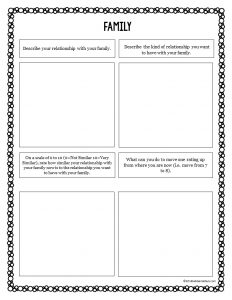
Remember, adolescents are trying to assert their independence. They don’t want to be told what to do.
Especially if what you want them to do conflicts with what they want to do.
A more effective strategy is to let adolescents figure out what kind of relationship they want to have with the family and then work with them on a compromise.
They’ll be more likely to follow through on whatever compromise you make because they were part of the decision-making process AND were able to express their wants and needs.
Health
This area focuses on how well adolescents are taking care of their mind and bodies.
Are they getting enough sleep? Do they drink enough water?
Are they fueling their bodies with a balanced diet or are they loading up on processed foods?
How do they handle stress? Do they exercise?
Sometimes when kids think about health, all they focus on is their weight and workout routine. It’s important that adolescents understand that the scale is not the only indicator of good health.
Money
Here the focus is on the adolescent’s relationship to money and how they value money. What is money to them? How can they earn money?
How can they save money?
Do they have any savings goals?
Do they give money to those less fortunate?
Tip # 2: Help KIds Develop Action Steps To Reach Their Goals
Once children identify the goals they want to work on, it’s important that they come up with action steps to work towards their goals.
Without action steps, their goals become a wishlist.
When creating action steps, help kids think through what small steps they can take towards their goal.
If they only focus on their larger goal, it can be overwhelming.
However, creating small steps towards their larger goal ensures that they have small wins as they are working towards their goals. These small wins will keep them motivated.
Tip#3: Help Kids Track Their Progress Towards Their Goal
It’s important that kids have a way to track their progress towards their goals. When they see they are making progress, they are more likely to stay the course.
Visual reminders are a wonderful way for adolescents to track their progress. One way to do this is through a bullet journal.
Using a Goal Setting Bullet Journal allows kids to monitor their progress with creative goal trackers.
Tip #4: Teach Kids to Celebrate Their Success
Yes, it’s important for adolescents to set goals. It’s equally as important for them to celebrate reaching their goals. Big and small.
However, if goals are all kids focus on, setting goals can become anxiety provoking. Goals keep kids hyper-focused on the future. However, when they celebrate their successes, it gives them a chance to take a break and be in the present moment.
They get to shift from doing and instead focus on being. FYI…this is a shift that most adults (including myself) need to experience more often.
When kids move from one task to the next, they don’t learn to stop and appreciate their hard work and dedication. They find themselves always chasing down the next big goal.
Moreover, when children celebrate their successes toward their goals, it boosts their self-confidence.
I hope you find these tips helpful. Please feel free to share any goal setting suggestions you have in the comments below.
You might also like:
Teaching Children How To Set Goals and Use a Vision Board
Turkay, S. (2014). Setting Goals: Who, Why, How?. Manuscript.
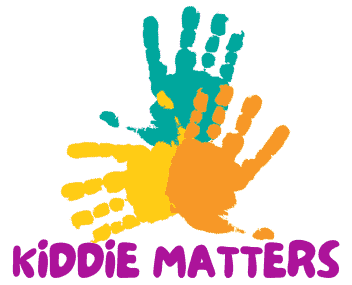

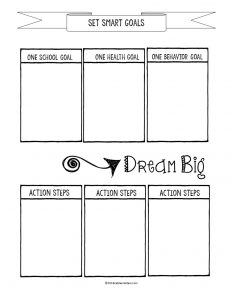



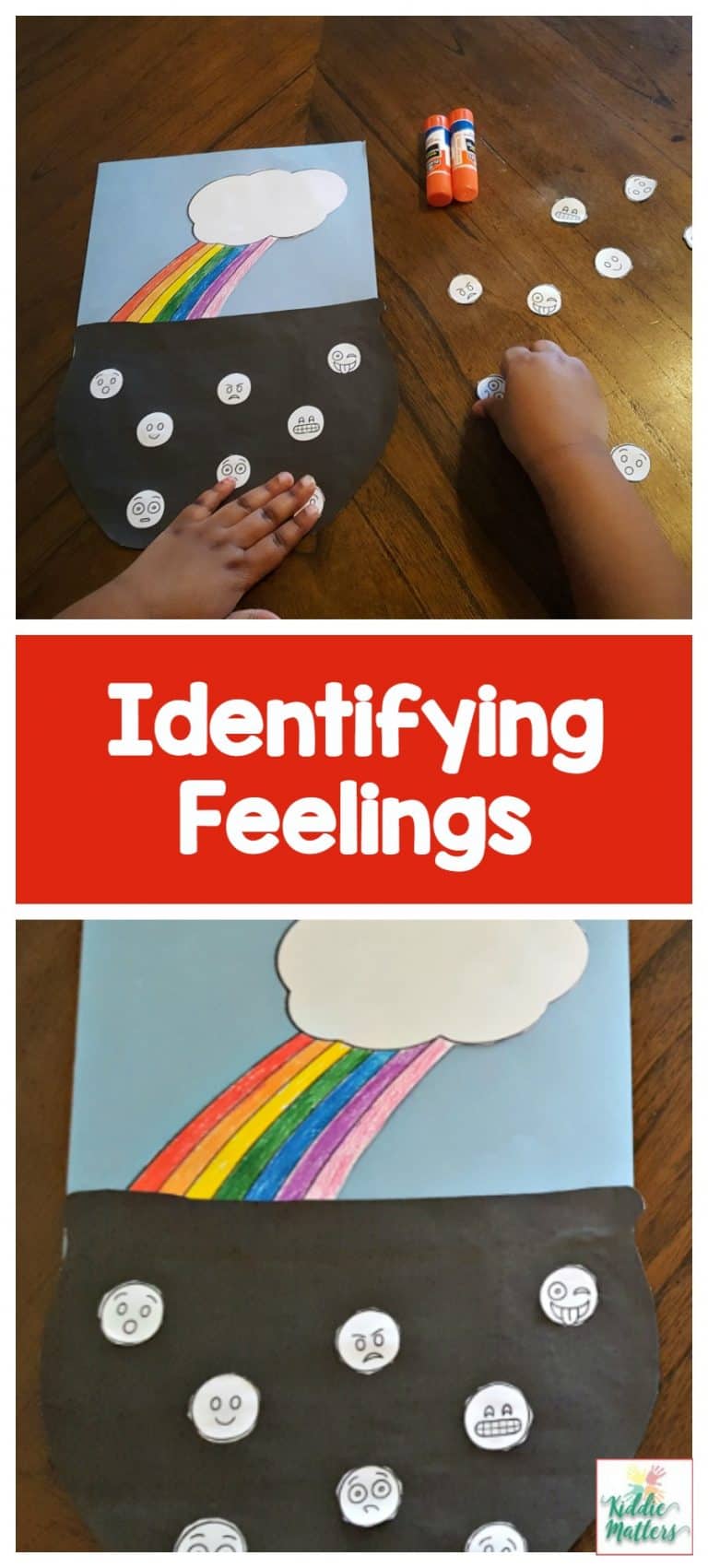
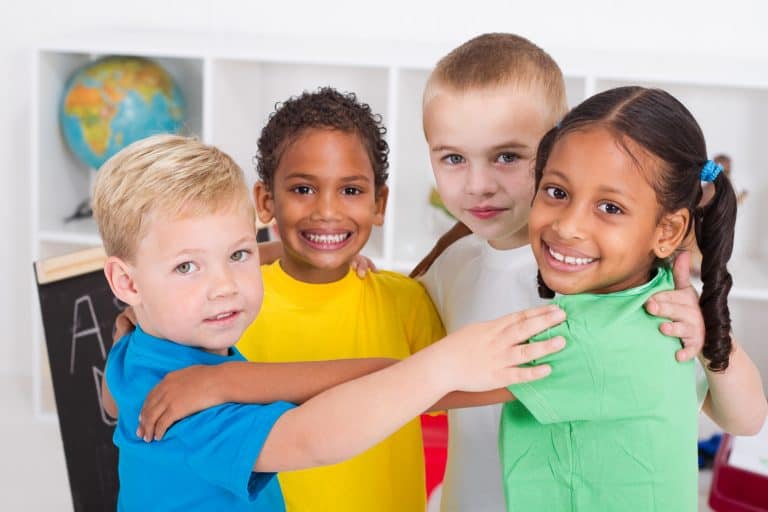
dear Kiddie matters.
My name is Lillian. I am a counselor living in Uganda. i have gone through your goal setting information and found it very powerful. I am in the process The targeted group ranges from 13 to 18. May i please have more guidance on how to make this successful and like the likely related topics to make it complete and meaningful
I will be very grateful to receive your guidance and help
Lillian I’m not sure what specific guidance you’re looking for. Please email me at kiddiematters@gmail.com to clarify. Thanks!